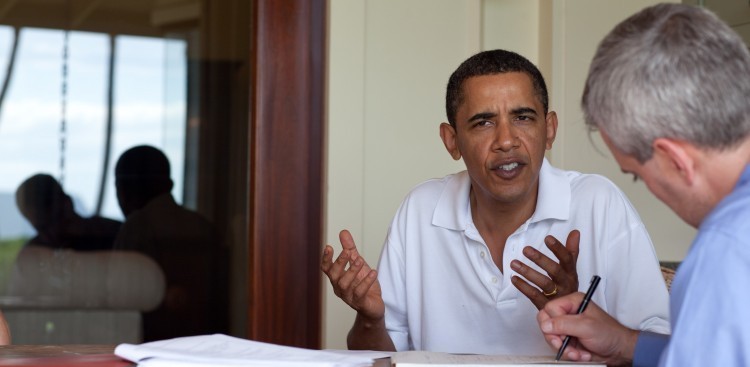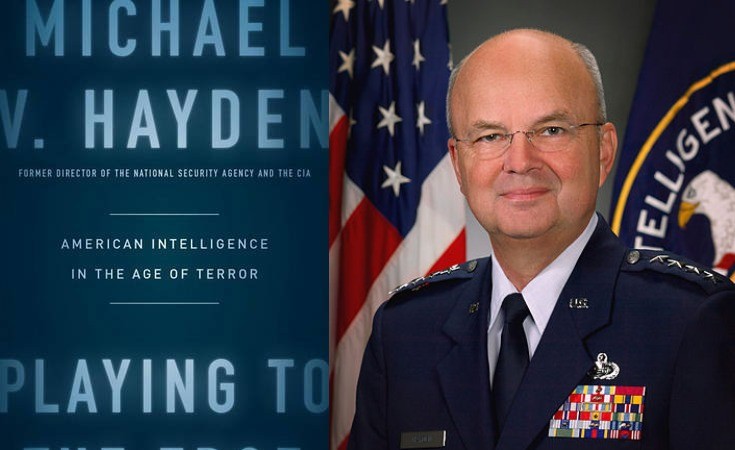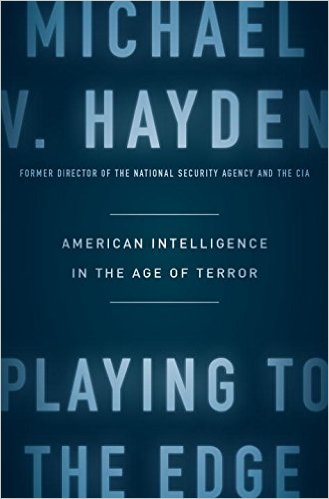Playing to the Edge: American Intelligence in the Age of Terror
Read the Foreword of the book for FREE!
**Exclusive CBC Author Interview with Gen. Michael Hayden**
The 1990s ushered in a new era of technological advances that changed nearly every imaginable facet of human existence. The rise of the Internet meant the world got a whole lot smaller as email and online forums facilitated communications worldwide. The proliferation of cell phones allowed calls to be made from nearly anywhere in the world.
This was a dream come true for the average Joe, but a nightmare for America’s largest and most powerful spy agency, the National Security Agency. With funding reduced, a downsized workforce, and antiquated IT systems, the job NSA Director Michael Hayden walked into in 1999 was no walk in the park. The attacks on Sept. 11, 2001 shortly thereafter made fulfilling the mission downright Herculean.
In “Playing to the Edge,” Hayden recounts the step-by-step journey of reinventing the NSA technologically, undertaking long overdue organizational changes, and trying to balance liberty and security in a rapidly changing world. All while carrying out the mission the NSA has had since the agency’s founding under President Truman in 1952 — “intercepting communications that contain information that would help keep Americans free and safe and advance [America’s] vital national security interests.”
Sometimes, indeed oftentimes, that mission included the development of programs that were deemed controversial. Among those detailed in “Playing to the Edge” is Stellarwind, a presidentially authorized program that gave the NSA the ability to access a large percentage of the calls entering and leaving the United States. The agency would only access and collect the call if it had probable cause that one or both ends were al Qaeda related. Typically under-reported is the fact that the overwhelming majority of calls intercepted were actually foreign-to-foreign, Hayden notes.
Kick-starting a program such as this was not a matter of drawing up plans within the agency and then executing them; no, it required intricately assessing the legalities, securing presidential approval, briefing a select few members of Congress, ramping up the agency’s infrastructure to be able to carry out the program, and more.
Hayden’s detailed accounts truly gives the reader a new-found appreciation for all the hoops that must be jumped through in order to instate programs that serve to keep Americans safe in a post-9/11 world, and how seriously the agency guards the privacy of U.S. persons—regardless of how it’s reported. Therein lies another issue Hayden dedicated significant portions of the book to: discussing the efforts the agency undertakes to keep these programs secret so they actually work. Inevitably, however, they are leaked to the press, and Hayden takes the reader through the process of how he handled the media once it was on to a story and what he did to manage public relations for the agency once the news broke.
During his tenure at the NSA and later as director at the CIA, calming the storm—whether on the Hill, in the media, or among the public—was commonplace. The discussions about misjudgments over WMDs in Iraq, the controversial practice of waterboarding, Iran’s nuclear weapons program, and the CIA’s black sites were just some of the more interesting segments of the book that Hayden had to address while director—and he doesn’t hold back fascinating details about each that only an insider at his level would be privy to.
The book predominately focuses on the shifting intelligence landscape in the 2000s while he was heading up the NSA and CIA, but Hayden also offers a brief glimpse into his life and background. He confronts the heavy personal, familial, and moral burdens those in the field of espionage undertake while protecting America and its national security interests.
American intelligence has undergone fascinating changes in the age of terror and Hayden’s account offers the reader a long overdue perspective to counter the often incomplete and flawed version of the story in the media, particularly after Edward Snowden’s leaks. And while the subject matter is serious and at times dense, Hayden has a knack for explaining complex programs simplistically, never bogging the reader down with extraneous detail or inundating the pages with Washington’s alphabet soup. Those interested in learning the truth about what goes on behind some of America’s most tightly sealed agencies will find tremendous value in this compelling book.
Original CBC review by Leah Barkoukis
Tags: CIA, Michael Hayden, NSA, Playing to the Edge
- The Author

Michael V. Hayden
**Exclusive CBC Author Interview with Gen. Michael Hayden** Michael Hayden is a retired United States Air Force four-star general and former […] More about Michael V. Hayden.
- Related Articles

Does Obama Care About Terrorism? See What This General Says!
"His going to the ballpark and spending less than a minute on the [Brussels] attack. I actually believe that the[...]
Controversial Former NSA Director’s New Book on Counterterrorism Skyrockets to No. 1 Spot
Former Gen. Michael Hayden's new book on counterterrorism discusses controversial policies at the NSA, Edward Snowden, and ideas to protect[...]
Apple vs. FBI: National Security in the Age of Terror (Author Interview: Gen. Michael Hayden)
Exclusive podcast author interview with former Gen. Michael Hayden about his new book, "Playing to the Edge: American Intelligence in[...]














